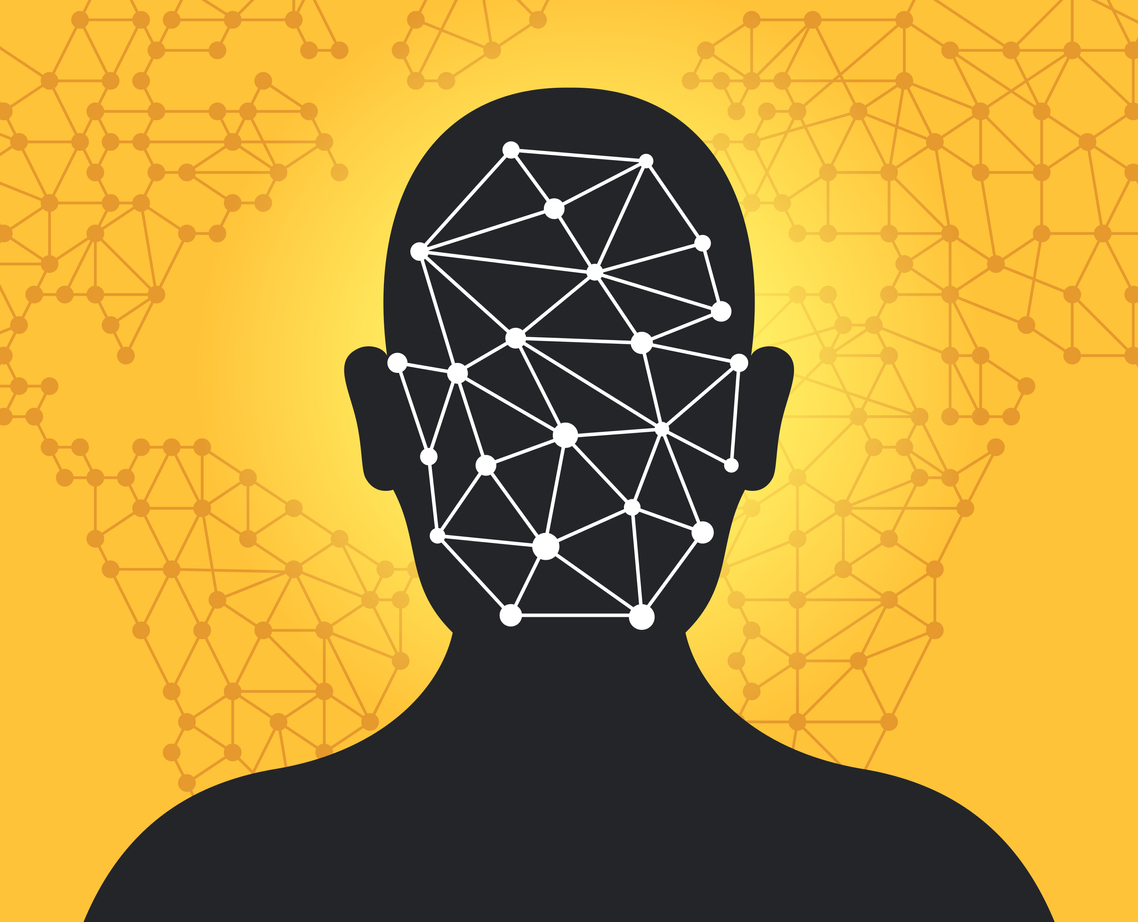

Deepfake videos are here.

You may have suspected this already, but deepfake videos, in which footage is heavily manipulated, are here. And, predictably, they’re alarming. Students in a school about an hour north of New York City recently fabricated a video that showed—even though it never happened—a middle school principal going on a racist rant. To be clear, the principal didn’t say what the video showed him saying. And that, of course, is what’s so alarming.
It offers a good reason to keep videos of your kids off the internet. Deepfakes require footage and voice recordings as their source material. Without it, they don’t work. But with it, the people producing these videos can make it appear as though someone—your kids, for example, is saying something he never said.
You don’t have to think too long to come with reasons why that’s bad. For the school at the center of the deepfake story referenced here, the video—and others posted around the same time—created a firestorm of questions and concerns and prompted an investigation by the county sheriff.
Deepfakes can rile a community, but they can also upend an individual’s life. Imagine a college admissions officer or a prospective employer stumbling upon a deepfake video showing an applicant saying something horrible. We won’t all have the local sheriff on hand to help get to the truth.
So think twice before posting a video of someone online. Consider whether it can be used by someone with a bad intentions. Don’t feed the deepfakes.


